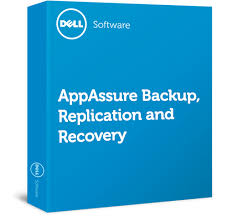One day you are watching song clips at and want to save it to your local drive. You’re asking yourself, can it be done ? Well yes. Use Mozilla’s browser Read More
AppAssure Backup
Backup is one of those things that are a necessary evil in every organization. In an enterprise environment, they have historically been expensive, complicated, have a large foot print, require Read More





